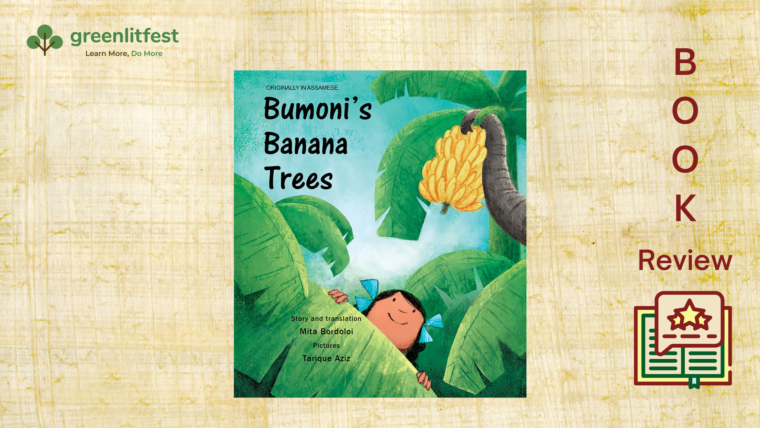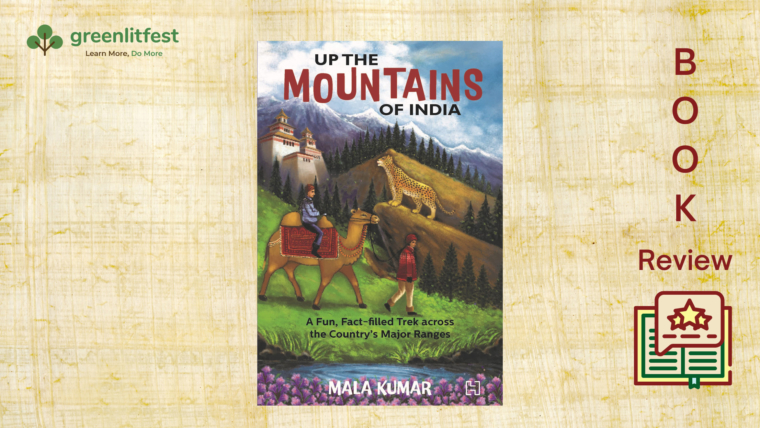A Glorious Ode to the Mahseer
‘All life on earth needs water to survive and grow.’
ALL life.
Opening with the above statement in the foreword of his book, The Tiger of the River, author Adrian Pinder, raises a pertinent question for readers: Who and what is included in the ‘ALL’?
The story dwells upon this question through the story of a tiny fish named Matisha. No bigger than a grain of sand, she floats down the river with other tiny fish. The river banks are teeming with life and the river itself gushes in all its glory.
Although she does not come across fish who look like her, Matisha has an idyllic life playing with the other fish in the safety of a sheltered bay. However, the waters also hold dangers… creatures in river like bigger fish, crocodiles and otters and others like the birds and elephants who look to the river as a source of food or water. The biggest dangers Matisha faces are man-made… dynamite used by fishermen as well as pollutants and other waste, discharged into the river. Here, Pinder appeals to readers to consider the implication of human actions on fresh water sources – the rivers that sustain ALL life forms on the planet.
As the seasons change and the river swells, Matisha starts swimming against the flow of the river. Guided by instinct she keeps going upstream. Sensing a change in the quality of the water, she keeps swimming, only to have her journey stopped by a dam, where she finds other fish who look just like her. Carrying a cargo full of tiny eggs Matisha travels along the river with these fish, she lays her eggs which safely sink to the bottom of the river, after which she finds herself returning to the point where her journey began.
The book paints a vivid picture of a river and the forests along its banks, teeming with life and sound. Matisha’s growth from a tiny fish to a full grown adult Mahseer is bound to nudge children to springboard off this book into reading and questioning further about the Mahseer, rivers and river life. The Tiger of the River offers a rare window to the glorious Mahseer that is endemic to India and is now on the critically endangered list. By calling it ‘the tiger’ of the river – the book cleverly uses the immense popularity of tigers to draw attention to an under-represented species that is far more endangered.
The bright and lively illustrations by Maya Ramaswamy capture the power of the river, and are filled with movement. However, they tend to feel incomplete. While supporting the storyline, picture book illustrations must also carry the story forward. More details in the illustrations of the river and its banks, would engage child readers and further inquiry and curiosity about a river ecosystem. Narrative non-fiction is an appealing way to catch children’s interest. This is a book that can be used across the curriculum to discuss rivers, river life, pollution, the life cycle of a fish, the pros and cons of dams, the role of predators in keeping nature in balance and open out dialogue in classrooms and libraries on what fits into the phrase ‘ALL life.’



